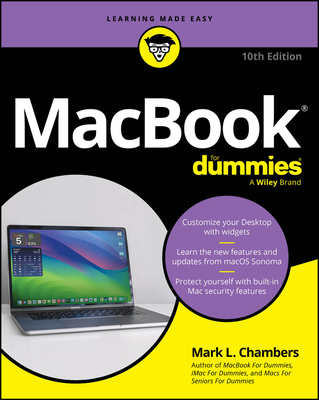Web Services Using C# and .NET Training in Bethlehem
|
We offer private customized training for groups of 3 or more attendees.
|
||
Course Description |
||
| This course provides a realistic, hands-on, comprehensive coverage of
developing Web services using .NET and C#. Web services are an evolving
series of standards that enable programs on various computers to
communicate with other programs on similar or disparate computers
transparently over the Internet. This course teaches in detail the
skills needed to program Web services using.NET technologies, both
ASP.NET and Windows Communication Foundation (WCF). It also examines the
fundamentals of SOAP, WSDL and REST. The course is current to .NET 4.0
and Visual Studio 2010, with coverage of newer features such as the
WS-I Basic Profile 1.1, SOAP 1.2, the event pattern for calling Web
services asynchronously, support for REST services, and more.
Course Length: 4 Days
Course Tuition: $1390 (US) |
||
Prerequisites |
|
| Knowledge of the .NET Framework using C# and an understanding of the fundamentals of XML. Some experience in ASP.NET is advantageous. | |
Course Outline |
|
What Are Web Services?
Web Services Fundamentals
Developing ASP.NET Web Services
WebService Attribute
Web Service Clients
ASP.NET Web Services Programming Model
XML Serialization
More about SOAP
More about WSDL
Data Access with Web Services
Introduction to WCF
REST Web Services |
Course Directory [training on all levels]
- .NET Classes
- Agile/Scrum Classes
- AI Classes
- Ajax Classes
- Android and iPhone Programming Classes
- Azure Classes
- Blaze Advisor Classes
- C Programming Classes
- C# Programming Classes
- C++ Programming Classes
- Cisco Classes
- Cloud Classes
- CompTIA Classes
- Crystal Reports Classes
- Data Classes
- Design Patterns Classes
- DevOps Classes
- Foundations of Web Design & Web Authoring Classes
- Git, Jira, Wicket, Gradle, Tableau Classes
- IBM Classes
- Java Programming Classes
- JBoss Administration Classes
- JUnit, TDD, CPTC, Web Penetration Classes
- Linux Unix Classes
- Machine Learning Classes
- Microsoft Classes
- Microsoft Development Classes
- Microsoft SQL Server Classes
- Microsoft Team Foundation Server Classes
- Microsoft Windows Server Classes
- Oracle, MySQL, Cassandra, Hadoop Database Classes
- Perl Programming Classes
- Python Programming Classes
- Ruby Programming Classes
- SAS Classes
- Security Classes
- SharePoint Classes
- SOA Classes
- Tcl, Awk, Bash, Shell Classes
- UML Classes
- VMWare Classes
- Web Development Classes
- Web Services Classes
- Weblogic Administration Classes
- XML Classes
- Introduction to Spring 6, Spring Boot 3, and Spring REST
15 December, 2025 - 19 December, 2025 - See our complete public course listing






